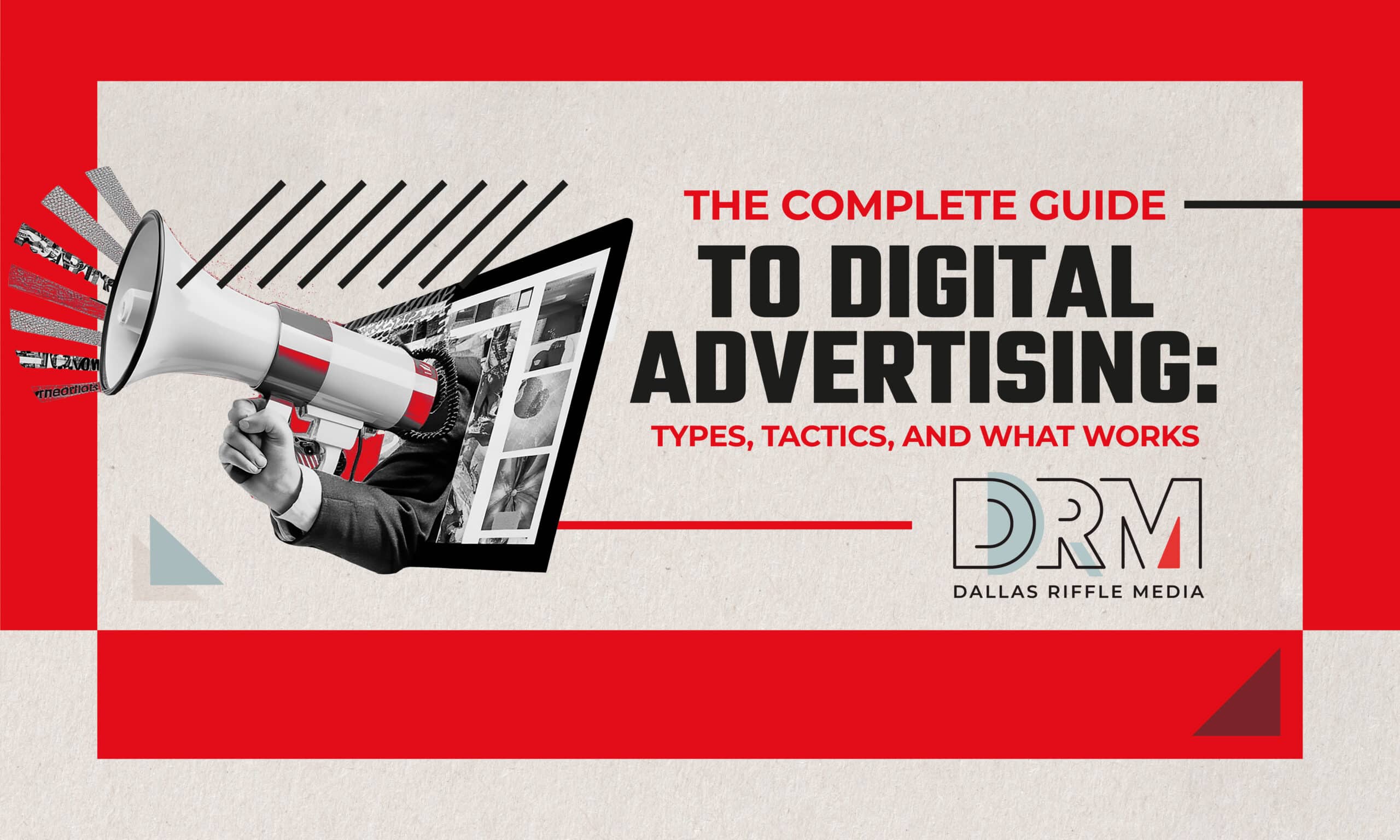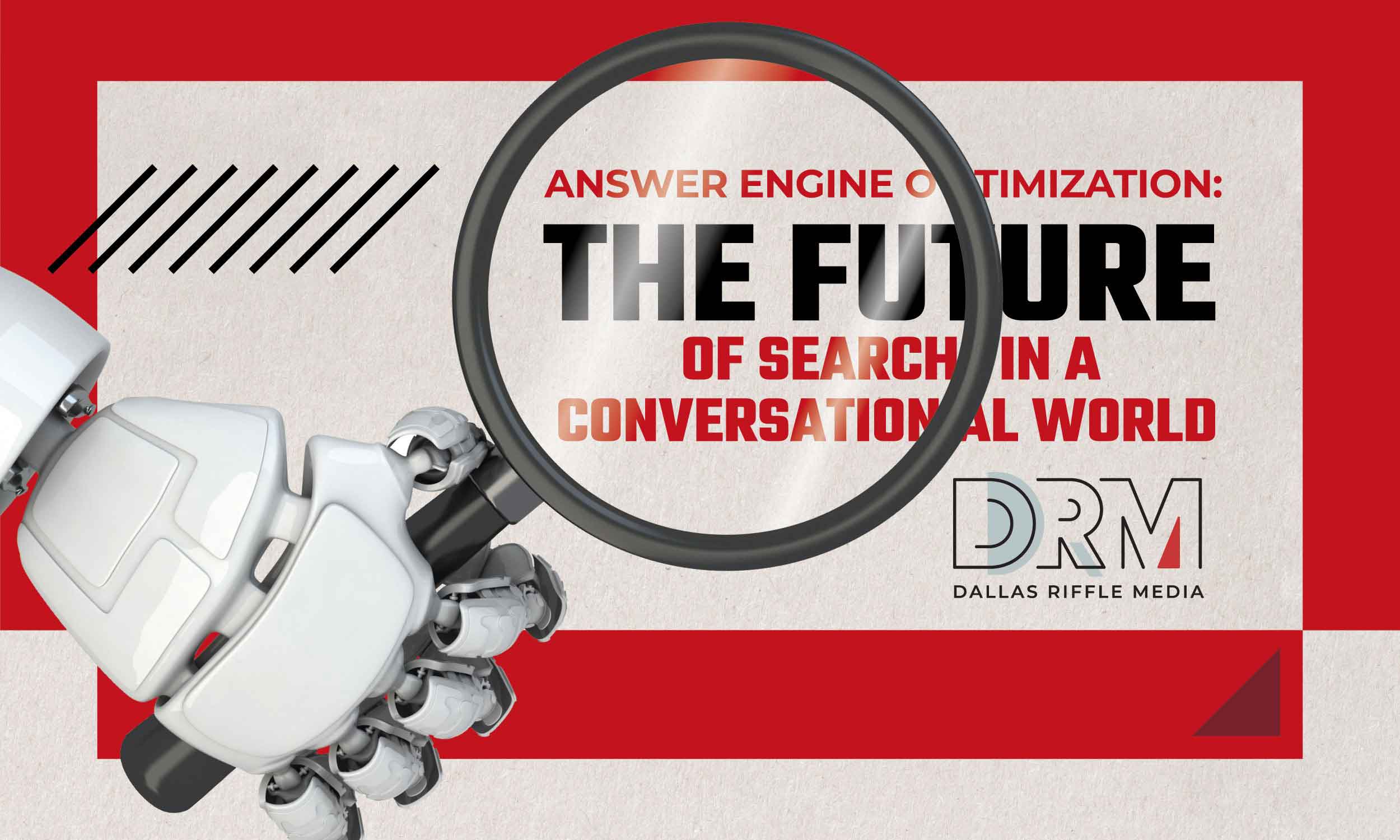
Elements of a Successful Product Page
With websites like eBay and Amazon dominating the Internet, it is more important than ever for your brand to step up its game when launching an e-commerce website. One of the most important considerations in an e-commerce launch effort is the design of your product pages. There are several key elements that a successful product page should have. A well-designed product page can go a long way to increase online sales on your website. A poorly designed product page can cause customers to get frustrated and go elsewhere to spend their money. Below are some of the elements that you should include in the product pages for your website.
Product Information
Online shoppers like to research what they are about to buy. While this may sound obvious, but the more information you provide about your products, the more likely customers are to purchase from you. The title of the product page should be both optimized for SEO and written to catch the attention of customers. Think of it as writing a catchy email headline. The product description should be similarly optimized to give your product a boost on search. Provide as much information as possible about your product so that the customer is unlikely to have questions. Bullet points are a useful tool to list features of the product in an easy-to-digest format. Depending on what type of product you are offering, you may want to consider additional sections for more specific product details. Selling a piece of clothing? Include a size chart with specific measurements. Selling a tool with optional accessories? Include a separate section that highlights each option. Long story short: include as much information as possible.
Product Images
There is no worse feeling than expecting a product to look a certain way only to discover that it’s completely different from what you wanted. Photos on a product page give buyers a sense that they know exactly what they are buying. Offering numerous high-quality photos of your products allow customers to be more confident in their purchase and will reduce probability of buyer’s remorse. Make sure that photos of your product are high resolution and taken at as many different angles as possible. Most successful product pages offer a ‘zoom’ feature for images which allow buyers to more closely inspect each photo. If you’d like to go a step further, offer a video that is specific to each product. This is a feature that popular online shoe retailer, Zappos offers on each of their product pages. Each video only lasts about 30 seconds and presents a spokesperson showing off the item. They describe its features and offer a brief look at the item in use. Expertly designed product pages has helped Zappos grow to become one of the country’s top online shoe retailers.
Product Options
Everyone likes easily-accessible options. Adding buying options to your product page can help streamline the buying experience for your customer. Does your product come in a variety of different colors or sizes? Instead of creating a separate page for each option, include a drop-down box where customers can select the options they prefer. This goes the same for shipping options. Make shipping options readily available. Including a shipping calculator on the page can give your customers a better idea of what they will be spending with shipping included. Customers will no longer need to go to their product cart just to see the price with shipping.
Customer Reviews
It doesn’t matter how great you say your product is. Customers will always trust the word of their peers over the word of your company. Online reviews have become increasingly popular over the years when it comes to online purchasing. While you may have done a great job highlighting the features of your product, positive customer reviews can help persuade customers to make the final decision to buy. Amazon’s customer review system has helped to pioneer the idea of customer reviews on a product page.
Clear Call to Action (CTA)
Nothing is more frustrating than a difficult buying experience. It may seem obvious to make the “Buy” button easy to find, however, this is something that ecommerce websites occasionally omit. A prominent Call-To-Action button is arguably the most important element of a product page. After all, you are unlikely to have buyers if the buying process is frustrating or confusing. Streamlining the buying process is another area where Amazon has excelled. Along with their normal buying option, they have also implemented a ‘Wishlist’ feature as well as a ‘1-Click Ordering’ feature.
Related Products
An easy way to increase your average revenue per order is to include a ‘Related Products’ section on each product page. Offering products that are complementary to the product that your customer is viewing can increase the probability that they will make multiple purchases. For example, if a customer is viewing Peanut Butter the page should say, “Customers who have purchased this item have also purchased Jelly.” Another way to reward additional purchases is to offer free shipping when your purchase is over a certain dollar amount. Customers will see more value in purchasing an item they want instead of paying for shipping.
Social Sharing
It’s not a surprise that we enjoy sharing our purchases with our friends. Social sharing options on a product page allow customers to share the product on Facebook, Twitter or Google+. Allowing this option also helps to organically promote your website without having to pay for advertising. Also be sure to have social media pages set up for your company so you can interact with your customers and further promote your products.
Designing and launching an e-commerce website can be an intimidating process. Whether this is your first foray into e-commerce, or you are looking for a more robust solution for your existing business, Dallas Riffle Media offers customized, powerful e-commerce development, including advanced shipping and inventory tracking systems and many more features you’ve come to expect from the Internet’s top marketplaces. For more information on our services, visit our website. To set up a free consultation, give us a call at (216) 245-0835 or send us an email.






